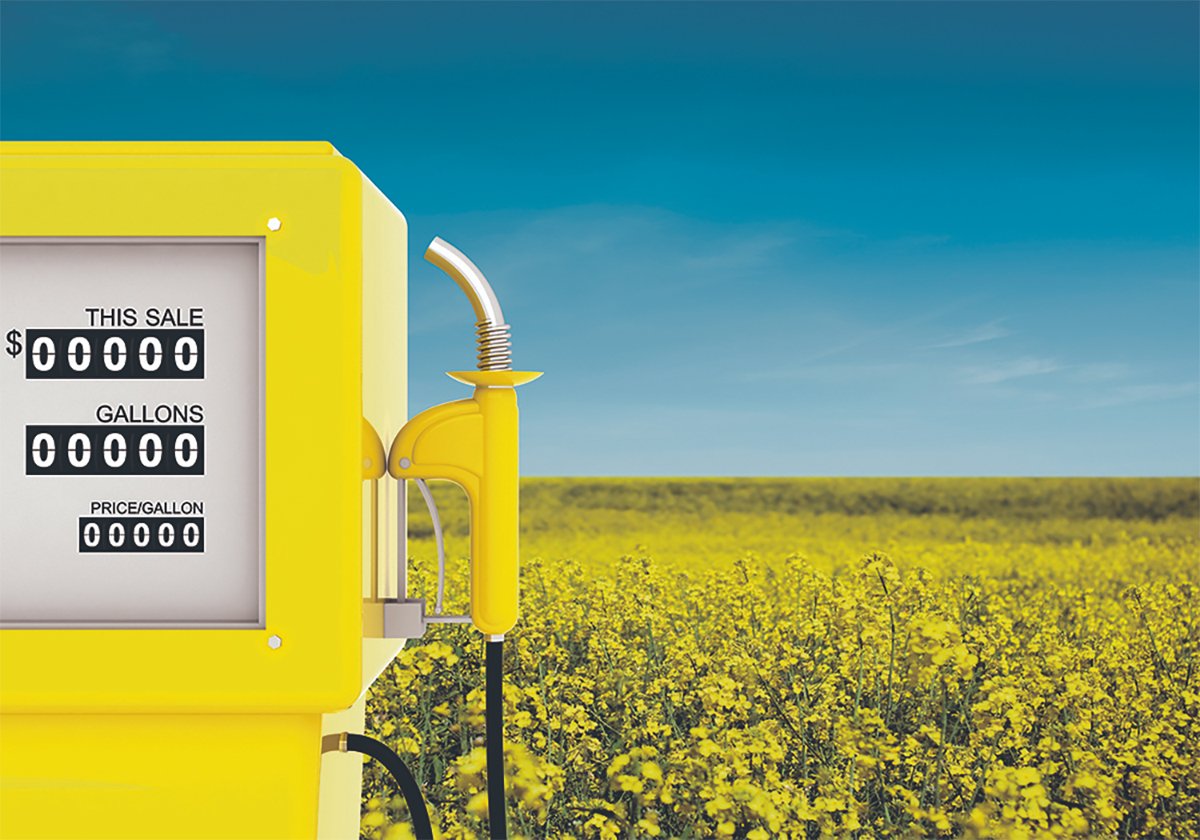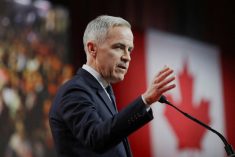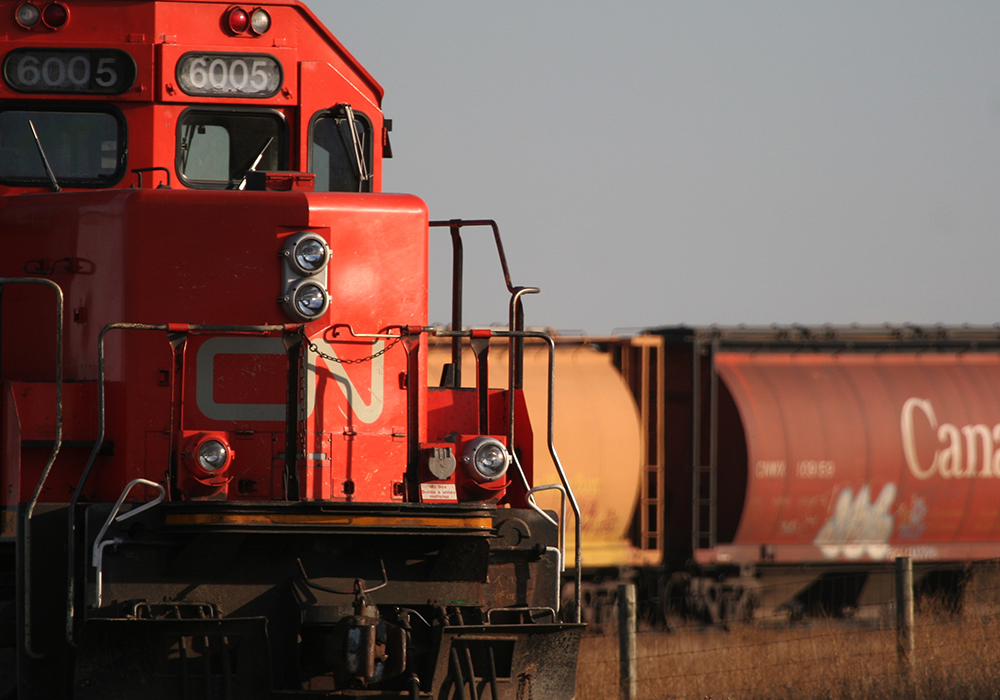With Canada’s carbon tax cancelled and crude oil prices at their lowest since the pandemic, Prairie farmers should see relief in their energy bills.
The economic chaos caused by United States President Donald Trump’s “on again, off again” tariff campaign is the main trigger behind both fuel-price lowering, but not the only factor.
The carbon program was one of the most hated of federal Liberal government’s policies and the party’s new leader, Mark Carney, likely would have dropped it to gain support during the election anyway, but it became a priority once Trump slammed the Canadian economy with tariffs.
Read Also

Biofuel sector happy with federal budget
Advanced Biofuels Canada says new Biofuel Production Incentive is a lifeline until CFR amendments are in place.
Carney dropped the consumer part of the carbon tax, which led to lower prices at the pumps.
Gasbuddy.com said the Canadian national average retail gasoline price dropped to $1.33 per litre from $1.54 immediately before the announcement.
Saskatchewan went further, dropping the industrial carbon tax, which should moderate the cost of electricity in the province.
The carbon tax was not charged on fuel used in the field but it did apply to many other agricultural activities, including hauling grain and fertilizer and producing nitrogen fertilizer.
Fuel costs could moderate further as the price of the raw material, crude oil, has also declined.
West Texas Intermediate May futures fluctuated wildly last week, at one point dropping to US$55 per barrel, but closed April 11 at US$61.50, down from the highs in mid January of about US$75.
A year ago at this time WTI crude was also around US$75 per barrel.
The biggest part of that price drop happened in the days after Trump announced tariffs on most of the world on April 2, leading to worries that the disruption could push many major economies into recession.
Further pressuring prices was the announcement from the Organization of Petroleum Exporting Countries and its allies such as Russia, known as OPEC+, that members would wind down their production curtailment program more quickly than planned.
For more than a year OPEC+ had been limiting production by millions of barrels per day because of weak global demand growth. But members agreed in December to start gradually rebuilding production beginning in April.
But now, instead of a gradual increase, OPEC+ will add 441,000 BPD in May, which would have been the increase over three months under the former gradual rebuilding program.
OPEC+ members will meet monthly now to review the market and future increases may be extended, paused or reversed subject to evolving market conditions.
On April 10 the U.S. Energy Information Administration forecast that the weaker crude price would result in gasoline prices in the high demand summer driving season lower than what they have been in recent years
The report included data and policy developments up to April 7, but given that U.S. policy and responses to it from other countries changes daily, the forecasts will likely change in coming months.
For now, EIA forecasted U.S. average retail gas would be US$3.10 per American gallon, down 20 cents from its previous forecast and the lowest inflation-adjusted summer average price since 2020.
Last summer U.S. gasoline ranged roughly from $3.40 to $3.60.
Without getting into all the details, the EIA forecast meant that we’ll avoid the usual summer increase in gas prices.
Canadian gas prices are always higher than those in the U.S., mostly because of higher federal and provincial taxes, but the information from the EIA suggests that even here, gasoline this summer should be a bargain compared to recent years.
Regarding crude oil, the EIA forecast only modest increases in global demand, which production would easily keep up with, given the increase in OPEC+ production.
It forecast the global benchmark Brent price would average US$68 per barrel this year, dropping to US$61 in 2026, but noted there was much uncertainty to the outlook.
Brent June closed at US$64.76 on April 11, so it was substantially lower than the EIA forecast for the year’s average.
Where things go from here on in impossible to predict. Investment bank Goldman Sachs last week laid out several scenarios of U.S. tariff levels and OPEC+ production increases with the result for Brent crude falling into the low US$60s to high US$50s by December.
At the close April 11, the U.S. had paused the worst of its tariffs threats against most countries but the China situation was out of control.
U.S. tariffs on China were 145 per cent and China’s were at 125 per cent.
The high level of tariff uncertainty means there is uncertainty to how companies and countries will react.
Trump came into office promising to change policies to make it easier to drill for oil in the U.S., but lower oil prices reduce the incentive to invest in exploration and new drilling.
To contact D’Arce McMillan, email newsroom@producer.com.















